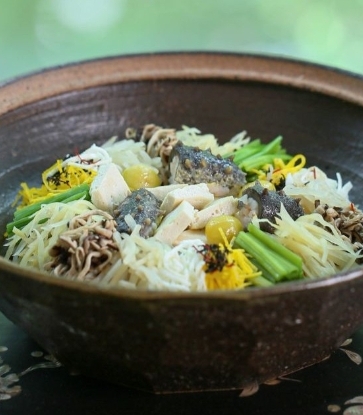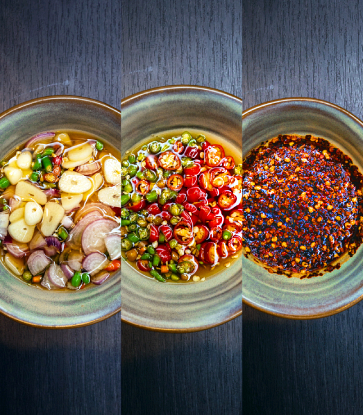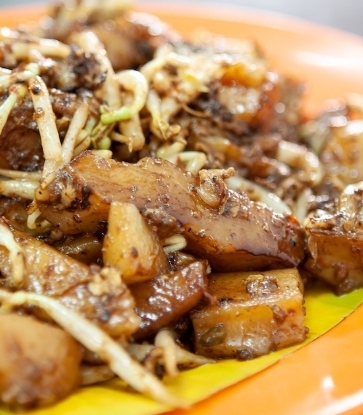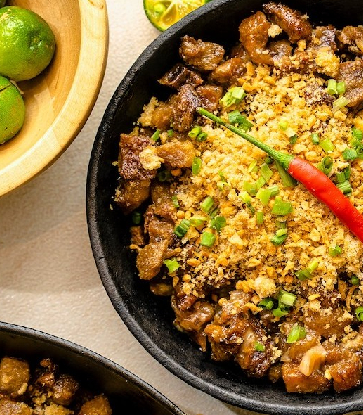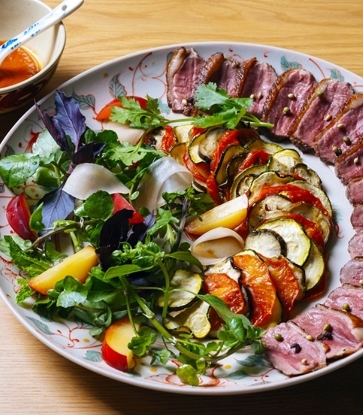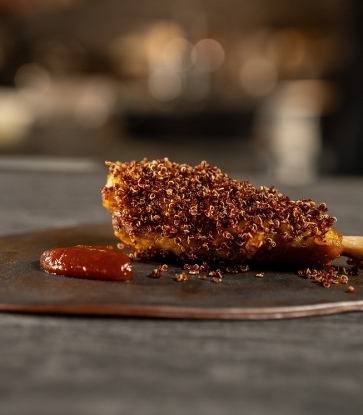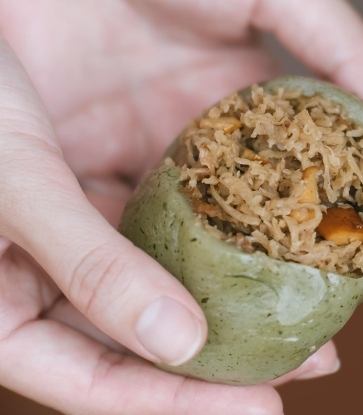It’s no 15-minute meal, but a delicious bowl of rich, homemade ramen is entirely possible at home, and according to Chef Atsushi Yamamoto, it’s always worth the work. Known for his deeply layered broths at MICHELIN Bib Gourmand restaurant Konjiki Hototogisu (tucked inside Dubai’s Mall of the Emirates), his broths ooze soul in every bowl.
“The uniqueness of our ramen soup lies in the way we prepare the ingredients, manage the soup temperatures and combine three different types of soup,” he explains.
These three components — chicken soup, Japanese dashi and seafood soup — are prepared separately in large pots, then carefully blended. Each one is coaxed to life at its own perfect temperature. “The optimal temperature and method for extracting the umami from each type of ingredient are entirely different,” says Yamamoto. “By combining these soups without using any artificial flavoring, we create a soup with depth solely from the natural umami of the ingredients.”
Before you get intimidated at the thought of juggling three perfectly timed pots, Yamamoto walks us through a simplified version of his chicken and kombu broth designed for ramen-lovers to recreate the flavors of Konjiki Hototogisu at home. No MSG. No shortcuts. Just patience, kombu and the satisfying joy of broth-building.
RELEVANT: Konjiki Hototogisu’s Chef Yamamoto Brings His Signature Ramen to Dubai
Chicken and kombu broth
Ingredients:
- 50g kombu (dried tomatoes can be used as a substitute)
- 1L water
- 30ml vegetable oil
- 500g ground chicken
- 50g garlic
- 1 onion
Instructions:
- Add the kombu to 1L of water and let it sit at room temperature for about 1 hour.
- In a large pot, add the vegetable oil and ground chicken. Heat and sauté until the chicken is thoroughly cooked.
- Add the kombu-infused water to the pot, along with the garlic and onion. Simmer on medium heat for 45 minutes.
- Strain the soup through a fine sieve, removing all solids.
- If the resulting broth measures less than 700ml, top it up with water until it does.
- Optional: If your soup feels a little flat, Yamamoto advises adding a small amount of consommé soup base.
Soy sauce tare
Ingredients:
- 300ml soy sauce
- 2.5ml vinegar
- 5g sugar
- 15ml Japanese sake (or red wine if unavailable)
Instructions:
- In a pot, combine all the ingredients. Bring to a boil and then immediately turn off the heat.
- Ensure the sugar is fully dissolved. Once cooled, the tare is ready.
MORE IN DUBAI: Meet Manāo, the new One-MICHELIN-Star Thai Restaurant in Dubai
Ramen preparation
- Heat 300ml of your broth in a pot, making sure to include a little of the oil floating on top.
- In a ramen bowl, add 20–30ml of your soy sauce tare, then pour the hot broth over it.
- Add freshly boiled ramen noodles (drained well) and stir gently.
- Taste and adjust the ratio of tare to soup to your liking. Add a touch of black or white pepper if desired.
- When it comes to the noodles, Yamamoto admits that making noodles at home is challenging and says fresh or dried ramen noodles from a supermarket are fine but recommends avoiding soba, udon or pho noodles.
- For toppings, vegetables, chicken or eggs are best, seasoned lightly to avoid overpowering the soup. Ideally, the final seasoning should be low in salt to highlight the natural umami of the ingredients.
Chef Atsushi Yamamoto’s top tips for ramen at home
- Keep it fresh: “While soup bases containing artificial flavoring like consommé can be used as substitutes, if possible, I recommend making the soup from fresh ingredients at home. This will undoubtedly result in a tastier soup.”
- Ensure you’re prepped with the right equipment: “A large pot, a strainer for draining noodles, a fine mesh sieve to remove soup impurities, measuring cups and measuring spoons are necessary.”
- Taste as you go: “If simmered meat no longer has any flavor, it’s a sign that the umami has been fully extracted into the soup.”
- Try the kombu soak: “We soak kombu in water overnight in the refrigerator to slowly extract its umami.”





